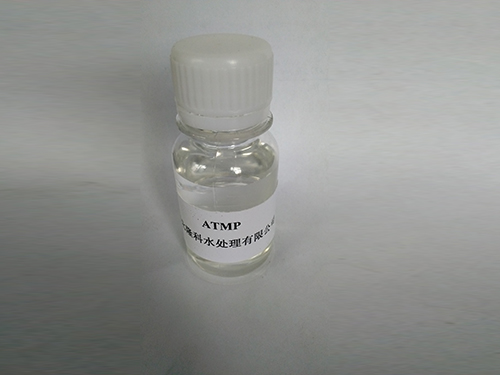"zn hedp 锌hedp'"
Understanding Zn-HEDP A Comprehensive Overview
Zinc Hydroxyethylidene Diphosphonic Acid (Zn-HEDP) is a chemical compound that has garnered attention for its unique properties and applications, particularly in the fields of chemistry and material science. This article delves into the composition, features, applications, and benefits of Zn-HEDP, illustrating why it has become significant in various industries.
Composition and Chemistry
At its core, Zn-HEDP is a complex formed by combining zinc ions with Hydroxyethylidene Diphosphonic Acid (HEDP). HEDP itself is a phosphonate compound known for its chelating abilities, enabling it to effectively bind with various metal ions, including zinc. This results in a stable complex that possesses unique characteristics compared to its constituent parts.
Key Properties
Zn-HEDP exhibits several key properties that make it attractive for a wide range of applications
1. Chelation Ability The chelation capacity of HEDP is enhanced when it is coordinated with zinc. This makes Zn-HEDP an effective anti-scalant and corrosion inhibitor. 2. Stability The complex is relatively stable under various conditions, which ensures its effectiveness over an extended period. 3. Biocompatibility Due to its chemical nature, Zn-HEDP is being investigated for potential use in biological applications, where compatibility with living systems is crucial. 4. Water Solubility Zn-HEDP possesses good solubility in water, making it suitable for various formulations, particularly in aquatic systems.
Applications
"zn hedp 锌hedp'"

Zn-HEDP is employed in multiple sectors due to its advantageous properties
1. Water Treatment One of the primary applications of Zn-HEDP is in water treatment processes, where it acts as a sequestrant to prevent scaling in pipes and treatment facilities. 2. Corrosion Inhibition It plays a vital role in protecting metal surfaces from corrosion, especially in industrial settings where metals are exposed to harsh environments. 3. Agriculture In agriculture, Zn-HEDP is being explored as a micronutrient source for plants, providing zinc—an essential nutrient for plant growth. 4. Construction The compound is also used in construction materials, where it contributes to the longevity and durability of concrete by preventing the formation of calcium phosphates.
Benefits
The use of Zn-HEDP brings several benefits
- Enhanced Performance The chelation of zinc with HEDP increases the efficiency of corrosion protection and scaling prevention. - Environmental Safety Zn-HEDP is considered to be less harmful to the environment compared to traditional phosphonates, making it a more sustainable choice in water treatment and industrial applications. - Cost-Effectiveness By preventing corrosion and scaling, Zn-HEDP can lead to reduced maintenance costs and extended equipment life in industrial applications.
Conclusion
Zn-HEDP represents a significant advancement in the realm of chemical formulations, combining the benefits of zinc and HEDP to offer solutions to prevalent challenges in various industries. Its versatility, stability, and effectiveness position it as a valuable compound for water treatment, corrosion inhibition, and agricultural applications. As research continues to explore its potential further, Zn-HEDP is likely to play an increasingly important role in sustainable development and industrial processes. Understanding such compounds not only aids in their application but also fosters innovation in chemical sciences, paving the way for new advancements that can benefit society as a whole.
-
The Power of Isothiazolinones in Modern ApplicationsNewsMay.08,2025
-
Flocculants in Water TreatmentNewsMay.08,2025
-
Flocculants and Chemical Solutions: What You Need to KnowNewsMay.08,2025
-
Flocculants and Chemical Solutions: A Growing IndustryNewsMay.08,2025
-
Essential Chemicals: Polymaleic Anhydride and MoreNewsMay.08,2025
-
Acrylic Polymers: Essential Solutions for IndustryNewsMay.08,2025





